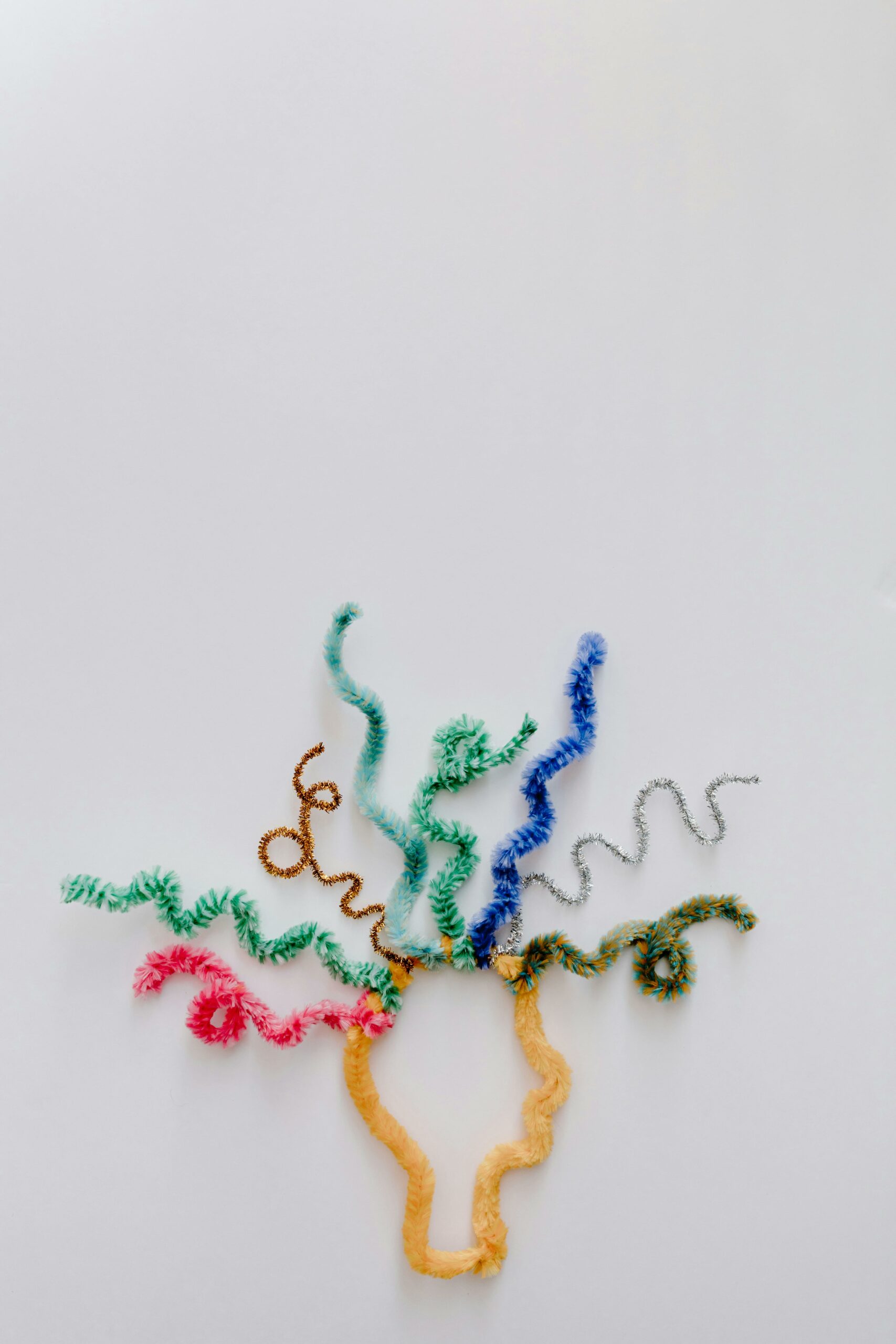Did Your Fish Dinner Come From a Factory Farm?
Category: Brain Health

DID YOU KNOW
According to a study conducted by the U.S. Department of Agriculture (USDA) comparing the nutrient profiles of the leading species of wild and cultivated fish and shellfish (protein and fat-ratios) of farm versus wild salmon show that:
- The fat content of farmed salmon is excessively high–30-35% by weight.
- Wild salmon have a 20% higher protein content and a 20% lower fat content than farm-raised salmon.
- Farm-raised fish contain much higher amounts of pro-inflammatory omega 6 fats than wild fish.
The picture above shows salmon leaping up cold rocky streams. Others swim through frigid ocean waters. Unfortunately, the farm-raised fish, all fattier, spend their time in crowded pens going in circles, and eating fish chow pellets. Not a pretty picture.
Picture that color chart at the local Home Depot paint department and you can now imagine how industrial salmon farms use artificial color to make farmed fish—whose flesh is typically grayish white—appear a more appetizing “salmon” pink. Wild salmon get their color from their prey, particularly krill. Market research found that consumers “buy with their eyes” and put a premium on color. Since 1982, the use of artificial coloring in farmed salmon has more than tripled. One of the most commonly used dyes, Canthaxanthin, has been linked to human eye defects and retinal damage.
Our wild salmon found in rivers, lakes and oceans, their natural environment, feed on smaller forage fish, algae and seaweeds — good sources of omega-3s. Most commercial salmon feeds contain about 45 percent fish meal and 25 percent fish oil. Depending on market prices, the fish meal contains forage fish or poultry by-products (even feathers) and blood meal, with grains such as corn, soy and wheat used as a binder or filler. Consumer Reports has noted that half of the U.S. soy crop and one-third of the corn crop were genetically modified — a shock to those who believe such foods are dangerous.
The advantages of adding Omega 3 to our diets is well known. Dr. Stephen Chaney, a Nutrition Professor at the University of North Carolina, wrote of a study in the British Journal of Nutrition regarding this subject. A meta-analysis of 8 previously published prospective clinical trials looking at 214,426 adults aged 34 to 84 with no prior history or evidence of heart disease, the study found that the individuals consuming > 250 mg/day of omega-3s were 35% less likely to experience sudden cardiac death and were 17% less likely to experience fatal coronary heart disease of all causes than individuals consuming < 250 mg/day of omega-3s.
In other words…..even if you are perfectly healthy with no known risk of heart disease, adding omega-3s to your diet can significantly reduce your risk of a fatal heart attack!
My own decision about adding omega-3s to my diet is to definitely choose wild salmon over farm-raised salmon when either shopping or eating in restaurants. By choosing wild over farmed I, as a consumer, can make a difference. Adding a daily supplement offering ultra-pure, pharmaceutical-grade omega 3 fatty acids is also an option that I choose. I am really excited about this newest product ~
This potent formula delivers 3x more DHA + EPA to help support brain, heart, eye, joint, immune, and skin health. Thanks to a revolutionary new technology that uses emulsified droplets, Omega-3 Gellys boasts improved absorption of omega-3s. And it has a delightful Strawberry Lemonade flavor! Ask me about it.
What about you? Where do you get your daily omega-3s?



Facebook Comments